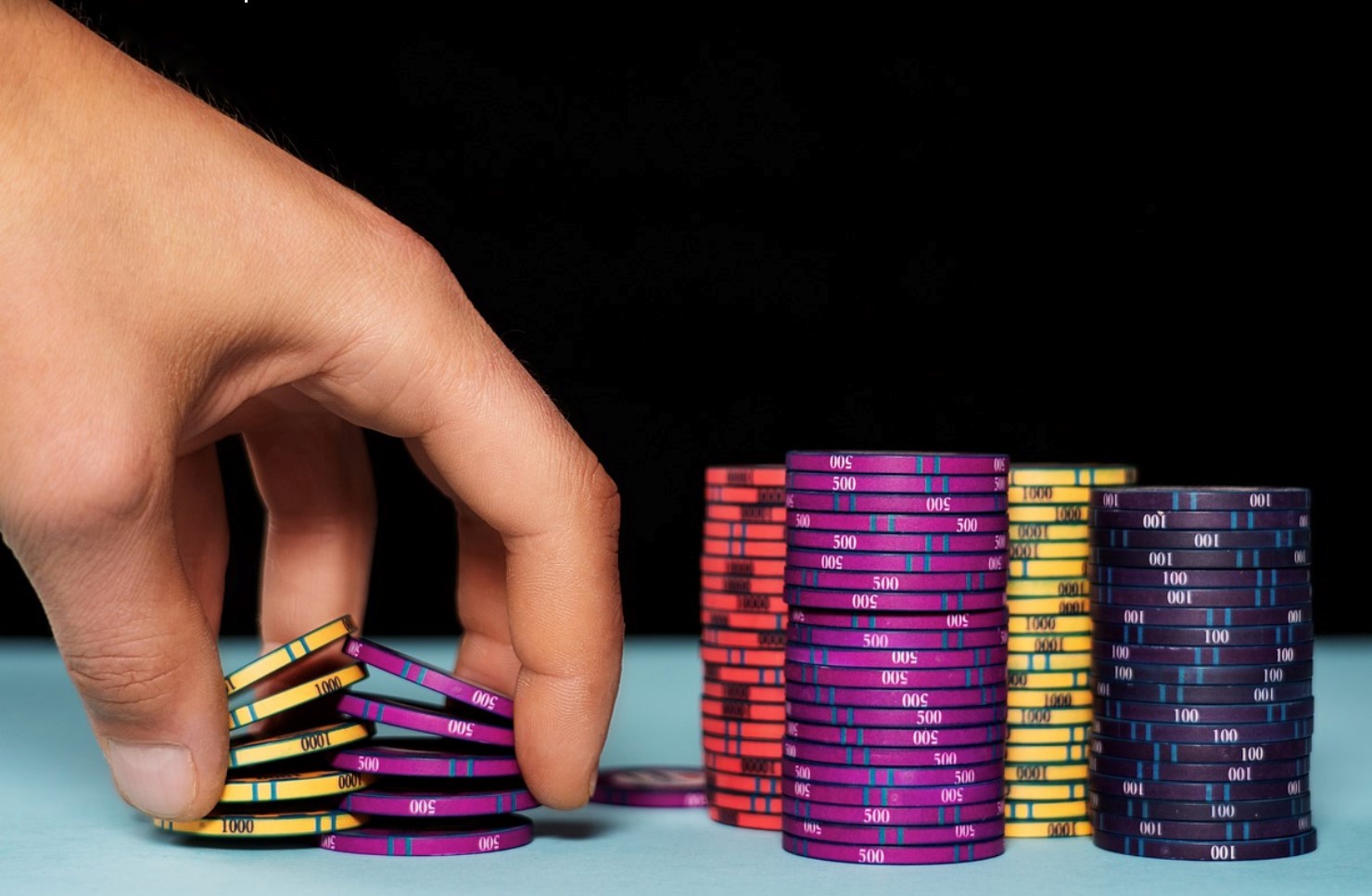What’s the Art of the Bluff All About in Poker?
Pixabay No Attribution Required
The name of the game is poker. For those who play poker, it is considered a skill-based game with an element of chance. Unlike blackjack, poker is played against other players – not against the dealer. This brings an element of psychology into the mix. Players are continually jockeying for position to try and outmanoeuvre their opponents.
By instilling uncertainty in opponents, savvy poker players can hustle the competition out of the way. But what exactly is poker all about? We know that poker is, first and foremost, a betting game. Whenever you wager money on uncertain outcomes, betting takes place. Since players cannot predict how a game will end, they have to influence the flow of the game in some way.
Enter the art of bluffing
What’s a bluff? Well, it’s what you do or don’t do, what you say or don’t say in order to confuse other poker players at the table. If you can sow the seeds of doubt through, you can potentially position yourself for success. Poker bluffs are the most hyped components of live poker games. Some players are so obsessed with poker bluffs that they use them all the time, rendering them completely ineffective.
Tip – Use poker bluffs sparingly and only when absolutely necessary.
It harkens back to an age-old story about The Boy Who Cried Wolf. If you bluff all the time, nobody is going to believe you. Yet we cannot ever discount the importance of a poker bluff. It is single-handedly responsible for some of the biggest wins on the poker circuit of all time.
At the WSOP Main Event in 2003, newcomer Chris Moneymaker bluffed against the legendary Sam Farha. This bluff would go down in history as one of the best ever. Back in 2009, poker ace Tom Dwan went head-to-head against poker legend Barry Greenstein. Dwan was holding a Queen-10 suited clubs. Greenstein held a pair of pocket rockets Ace of hearts and Ace of clubs. The Flop came down with 2 of clubs -10 of diamonds -2 of spades, with the Turn 7 of diamonds. At this point, the game came down to Greenstein and Dwan. Greenstein folded, and Dwan won. It was a bluff that pushed him over the top.
How Do You Win on a Bluff?
A bluff is successful if the desired outcome is achieved. In other words, your opponent folds and you win. However, if your opponent calls after you bet, your bluff will fail. There is a distinction between having a good hand and trying to hide it, and bluffing. A bluff is when you don’t have a good hand, but you’re trying to make it appear as if you do by playing confidently. Not every bluff will work. In fact, most will fail. You have to gauge whether your bluff is worth it by understanding your opponents. They don’t even have to be good players for your bluffs to fail. For example, if a poker player calls by default then your bluff will invariably fail against that player.
There are maniacs at the poker table who want to play every single hand they have. They’re probably not the best people to bluff against either. Sure, they will lose against great players with great hands, but if you’re bluffing they may just call you or raise you. It all comes down to your game and how players read you. If you play a tight, controlled game with occasional raises and many folds, your bluff is more likely to be successful. It’s about waiting for the opportune time to bluff—your betting history factors into the equation.
Naturally, you don’t want to bluff on a terrible hand that has absolutely no chance of winning. It’s best to select a hand that can possibly improve after the Flop, Turn, and River. That way, at least you give yourself a chance to win even if it’s not the best hand. The most advantageous position at the poker table for bluffing is the late position. LP gives you the best vantage point. You can see what your opponents are doing based on how they react to all the action at the table. The bluff should be used sparingly, but, when deployed successfully, can be a powerful tool in your poker arsenal.

